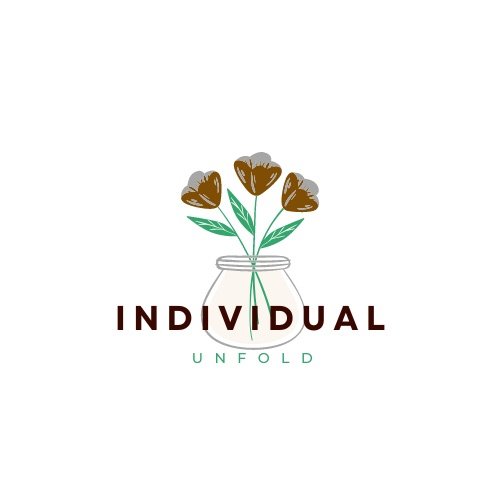Self-Improvement
Mindfulness for Beginners: A Guide to Living in the Moment

Picture this:
You’re standing on a beach, toes sinking into warm sand as gentle waves serenade your feet.
The sun’s embrace warms your skin, seagulls sing in the distance, and the salty sea air fills your lungs.
You’re not burdened by yesterday’s worries or tomorrow’s tasks.
You’re fully immersed in the present moment.
This is mindfulness practice, a transformative practice that’s within everyone’s reach.

What is Mindfulness?
Mindfulness, originally a Buddhist practice, has transcended cultural and religious boundaries to become a universally accessible concept. Simply put, mindfulness is about being entirely present in the moment, attentively observing your thoughts, feelings, and bodily sensations without judgment.
It’s about fully experiencing life as it unfolds, rather than being entangled in past regrets or future anxieties. Numerous scientific studies confirm the benefits of mindfulness it can reduce stress, enhance mental health, reduce anxiety, and even boost physical well-being.

Why is Mindfulness Important?
In our hustle-bustle world where juggling multiple tasks is the norm, mindfulness provides a much-needed sanctuary.
It gives us mental health benefits, and mindful awareness that allows us to decelerate, savor moments, and manage stress with enhanced resilience.
By embracing mindfulness, we can foster deeper connections with ourselves and others, leading to more fulfilling relationships and a more meaningful life experience.
Take Sarah, a hardworking mother constantly battling stress and overwhelm. After integrating mindfulness practice into her daily routine, with mindfulness skills she found herself more patient with her children, more productive at work, and less anxious overall.

Mindfulness Practices for Beginners: Getting Started
Going on your mindfulness journey might seem intimidating, but remember, every master was once a novice.
Start small, with simple exercises like mindful breathing or mindful eating.
For mindful breathing, find a quiet spot, close your eyes, and focus on your breath as it flows in and out.
For mindful eating, take a meal or snack and consume it slowly, relishing each bite, and observing the flavors, textures, and sensations.
Tips for Incorporating Mindfulness Practice into Daily Life
Practicing mindfulness doesn’t necessitate meditating on a mountaintop or mastering yoga.
It’s about integrating small moments of mindfulness meditation practice into your everyday life.
Practice mindful walking meditation on your commute to work, mindful listening during conversations, or mindful observation while marveling at a sunset.
Make it a daily habit, perhaps kickstarting your day with five minutes of mindful breathing or wrapping up your day with a mindful gratitude session.
Overcoming Challenges in Practicing Mindfulness Meditation
Like any new skill, mindfulness demands practice and patience.
You may grapple with distractions, anxiety, time constraints, or self-doubt.
But remember, mindfulness isn’t about achieving perfection. It’s about embracing the journey, learning from each experience, and gently guiding your attention back to the present moment.
When I first started practicing mindfulness, my mind would often wander. But instead of succumbing to frustration, I learned to acknowledge these thoughts and gently steer my focus back to the present.
Meditation Practice Mindfulness Meditation
Mindfulness extends beyond a mere practice; it’s a way of life. It’s about fully living each moment, focusing on appreciating the extraordinary in the ordinary and nurturing a deeper connection with yourself and others.
So why not give it a shot? It’s good for mental health problems and helps create positive emotions.
Begin with a simple mindful breathing exercise, and remember, there’s no right or wrong way to practice mindfulness. The most important thing is to start where you are, be patient with yourself, and relish the journey.

